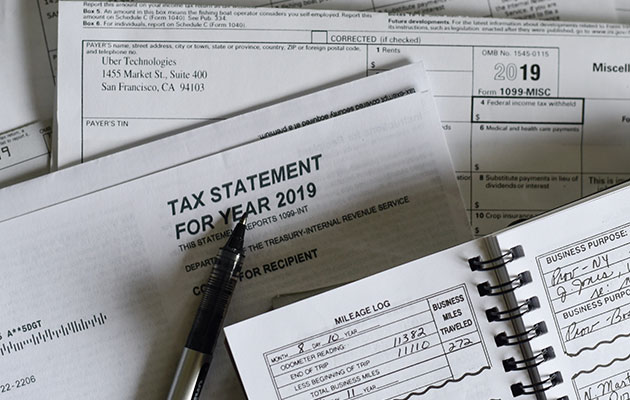-
Articles
Employment Agreement vs. Service Agreement
Whether a contract is considered an employment agreement or a service agreement depends very much on the duties performed by the parties to the contract, irrespective of the name of the contract used between the parties. Therefore, in many cases, although it was a business’s initial intention is to have a service agreement or a consultancy agreement, the business is often found to have executed an employment agreement with their staff members instead.
In this regard, an employment agreement and a service agreement are governed under different provisions of the law, and thus the parties have different duties and obligations as follows:
- Section 5 of the Labour Protection Act B.E. 2541 (1998) (the “LPA”) states that an employment agreement is a contract, whether made in writing, expressed verbally or implied that a person, called the employee, agrees to work for another person, called the employer, who agrees to pay wages throughout the period of employment.
- Section 587 of the Civil and Commercial Code (the “CCC”) states that a service agreement (or a hire of work contract) is a contract whereby a person, called a contractor, agrees to accomplish a definite work for another person, called an employer, who agrees to pay him/her remuneration for the result of the work.
The main differences between an employment agreement and a service agreement can be concluded as follows:
|
|
Employment Agreement |
Service Agreement |
|---|---|---|
|
Legal relationship / parties to the contract |
Employer - Employee |
Employer - Contractor |
|
Subject matter |
Focus on qualifications of labour / employees |
Focus on completion of work |
|
Remuneration |
Wages |
Service fees |
|
Payment condition |
Paid in return for work performed even if work has not been completed |
Paid upon work completion |
|
Supervisory control |
Have managerial /supervisory power over employees |
No managerial /supervisory power over contractors |
|
Punishment |
Disciplinary action (which normally includes up to termination of employment) |
Termination/compensation for damage |
|
Joint liability of relevant parties in case of tort / wrongful act |
Employer is generally jointly liable with his/her employee |
Employer is generally not liable for damage caused by the contractor unless in certain scenarios as described by law, e.g. the employer was at fault in regard to the work ordered, his/her instructions or for the selection of the contractor |
|
Legal protection |
Employee is entitled to several benefits under the LPA, including but not limited to severance pay |
Contractor’s rights are solely governed by the CCC (no severance pay etc.) |
|
Court jurisdiction |
Labour court |
Civil court |
Having said that, it could be very difficult to identify the aforesaid differences and the type of agreement, as to whether it is an employment agreement or a service agreement in practice; due to the fact that a service agreement can be arranged in a manner where the payments are due on a periodic basis, similarly to wages. Moreover, the employer in a service agreement usually has the controlling power in the form of quality control and/or directions given to the contractor. In such regard, this could be difficult to differentiate from administrative/supervisory control in the case of an employment agreement. In addition, completion of work is sometimes in relation to time rather than a physical object or finished product.
Furthermore, punishment in the case of an employment agreement can be up to termination of employment, depending on the discretion of the employer. This is similar to a service agreement, whereby the employer can also terminate the contractor upon him/her committing any wrongdoing, violation of his/her duties or breach of the provision(s) under the service agreement. Therefore, as to whether a contract should be deemed an employment agreement or a service agreement, a variety of circumstances must be carefully and meticulously taken into account, on a case-by-case basis.
This is intended merely to provide a regulatory overview and not to be comprehensive, nor to provide legal advice. Should you have any questions on this or on other areas of law, please do not hesitate to contact:
Chanakarn Boonyasith
Partner
Pattaranun Hanwongpaiboon
Associate





